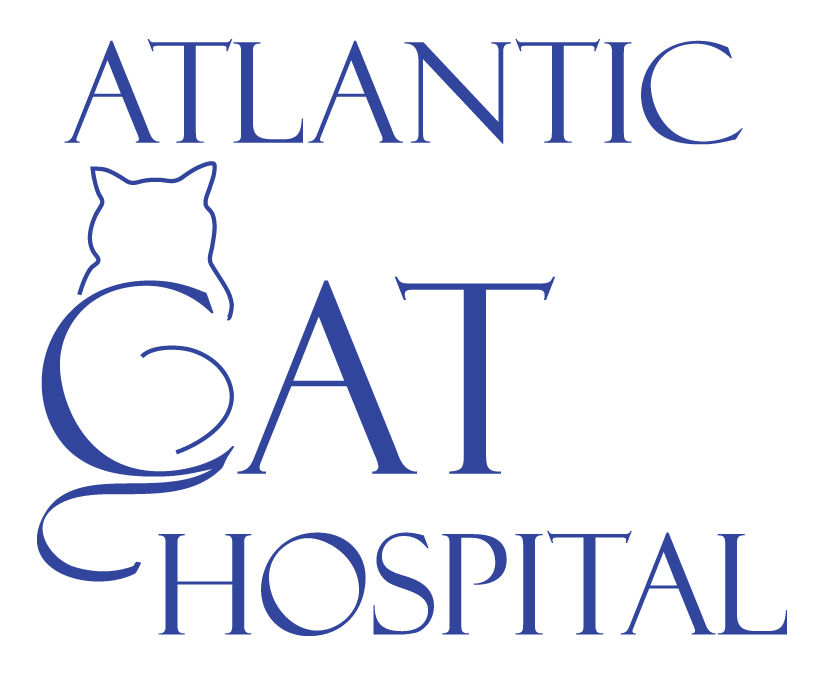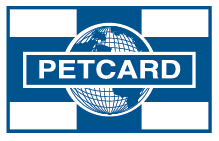Library
-
Enrofloxacin is an antibiotic given by mouth or in the muscle commonly used to treat bacterial infections in cats, dogs, and off label in small mammals, birds, and reptiles. Common side effects include vomiting, diarrhea, and lack of appetite. It should not be used in growing or dehydrated pets, or in cats with kidney disease. Use cautiously in pets with seizures, liver, or kidney disease. If a negative reaction occurs, please call your veterinary office.
-
Enrofloxacin + silver sulfadiazine otic is applied topically and is labeled to treat ear infections in dogs. It is also used off-label to treat ear infections in cats. Give as directed. Side effects are rare but may include temporary hearing loss or skin reactions. Do not use with pets allergic to quinolones or sulfonamides, with young animals, or with those with central nervous system disorders. If a negative reaction occurs, please call the veterinary office.
-
Enzymatic toothpaste (brand name C.E.T., others) is a product used at home by pet owners to aid in tooth brushing that minimizes plaque and tartar formation on the exterior of the tooth (the crown), and also assists in the maintenance of good oral hygiene. It can be used on both dogs and cats.
-
Eosinophilic granuloma complex is a term used to describe three forms of skin lesions in cats including eosinophilic plaque, eosinophilic granuloma, and indolent ulcers. The lesions most commonly occur on the lip, sometimes resulting in disfigurement, but can also develop in the mouth or on other areas of the body.
-
Feline eosinophilic keratitis is a chronic inflammatory disease of the cornea that results in the surface of the eye appearing pink, white, or chalky. It is caused by an accumulation of inflammatory cells called eosinophils. The clinical signs, appearance, diagnosis, and treatment of this condition are explained in this handout.
-
Ephedrine (brand names: Akovaz®, Corphedra®) is a medication used off-label to treat low blood pressure due to shock or anesthesia. It has also been used to treat certain types of urinary incontinence. Ephedrine is most commonly given by injection (and rarely by mouth).
-
Epineprhine is a drug used most often in emergency situations for animals (e.g., anaphylaxis, cardiopulmonary resuscitation/CPR). It may be added to local anesthesia drugs due to its ability to cause veins to constrict, thus delaying the body’s absorption of the drugs and prolonging the duration of the local anesthetic duration.
-
Epinephrine is a drug used most often in emergency situations for animals (e.g., anaphylaxis, cardiopulmonary resuscitation/CPR). Automatic injection devices for epinephrine (EpiPen®, EpiPen® Jr) are used off-label in pets to treat anaphylactic (allergic) reactions that occur away from the veterinary hospital.
-
Eprinomectin + praziquantel (brand name Centragard®) is a topical (spot-on) antiparasitic drug used to treat and control hookworm, roundworm, and tapeworm infections, and to prevent heartworm disease in cats and kittens that are at least 7 weeks of age and weigh at least 0.8 kg (1.8 lb). Do not use in cats known or suspected to have two copies of the MDR1 gene mutation.
-
Epsiprantel (Cestex®) is an oral deworming medication used to treat and kill tapeworms in dogs and cats. It comes as oral tablets that should be given with food. The medication typically takes effect within 1-2 days, but laboratory tests are needed to evaluate its effectiveness.






